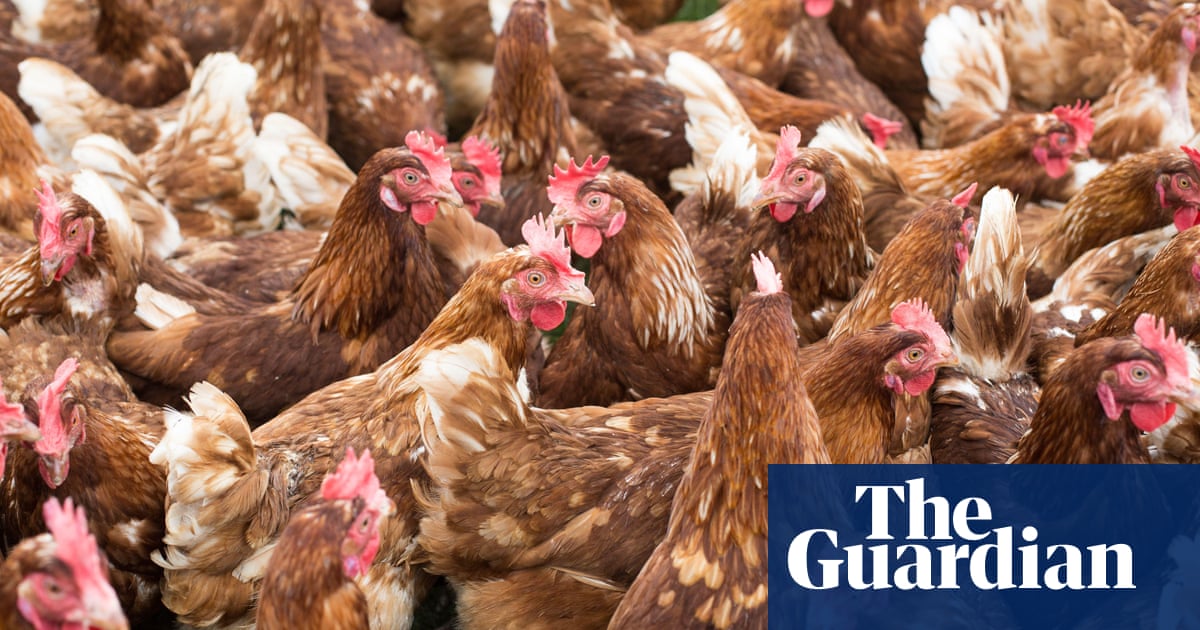Clean river campaigners have told a court that planning permission for a poultry megafarm inShropshireis unlawful and should be overturned.
In the high court inCardiffon Wednesday, Dr Alison Caffyn argued that the council had failed to take into account all the environmental impacts of the industrial chicken units, which will house 230,000 birds at any one time, in particular the effects of spreading manure on land.
Supported by River Action, Caffyn is taking a judicial review against the decision by Shopshire council to allow the expansion of a chicken farm outside Shrewsbury into a megafarm. Caffyn argued in court documents that the expansion of the farm was part of a “reckless and unsustainable” increase in intensive factory farming across the region.
She said: “There are now nearly 65 chickens for every person in Shropshire – and the council is allowing even more. We believe huge volumes of chicken muck are leaching into our rivers. They need to call a halt to it.”
The case argues that rise in large intensive poultry units, known as IPUs, in the valleys of the Wye and Severn rivers is akey cause of river pollution, as chicken droppings contain more phosphates – which starve fish and river plants of oxygen – than any other animal manure. Intensive poultry farming also causes air pollution, submissions to the court say.
The counties of Shropshire, Herefordshire and Powysare home to more than 50m chickensat any one time, and Caffyn argued this was placing huge pressures on the rivers Wye and Severn.
She said the phosphorous and nitrogen pollution, particularly in the latter case in the gas form of ammonia, was degrading many protected environmental sites.
While Powys and Herefordshire councils have restricted the number of IPUs, Shropshire council approved the creation of the megafarm last May.
Charles Watson, the chair of River Action, which is funding the judicial review, said: “Shropshire council is simply rubber-stamping massive chicken factory farms without considering the potentially horrific cumulative environmental impact of stacking these industrial units up against each other.
“These farms are appearing all over the river’s catchment like a septic rash, with no credible plan to sustainably manage their huge toxic emissions of chicken manure. If we don’t stop them now, it’ll be too late for yet another iconic British river.”
The judicial review comesafter councillors in Norfolk rejected plansfor one of the largest poultry and pig industrial farms in Europe over climate and environmental concerns.
Shropshire council said: “The planning application was for the erection of four poultry rearing buildings and associated infrastructure. The application was accompanied by an environmental statement which included detailed assessments of the likely impacts of the proposal on the environment.
“As part of the planning application process, technical advice was sought from consultees including the Environment Agency, NaturalEngland, and the council’s ecology and public protection teams … The grounds for the judicial review challenge relate to the way in which manure arising from the poultry rearing operation was assessed and managed, and the way in which an assessment under the habitats regulations was undertaken.”
